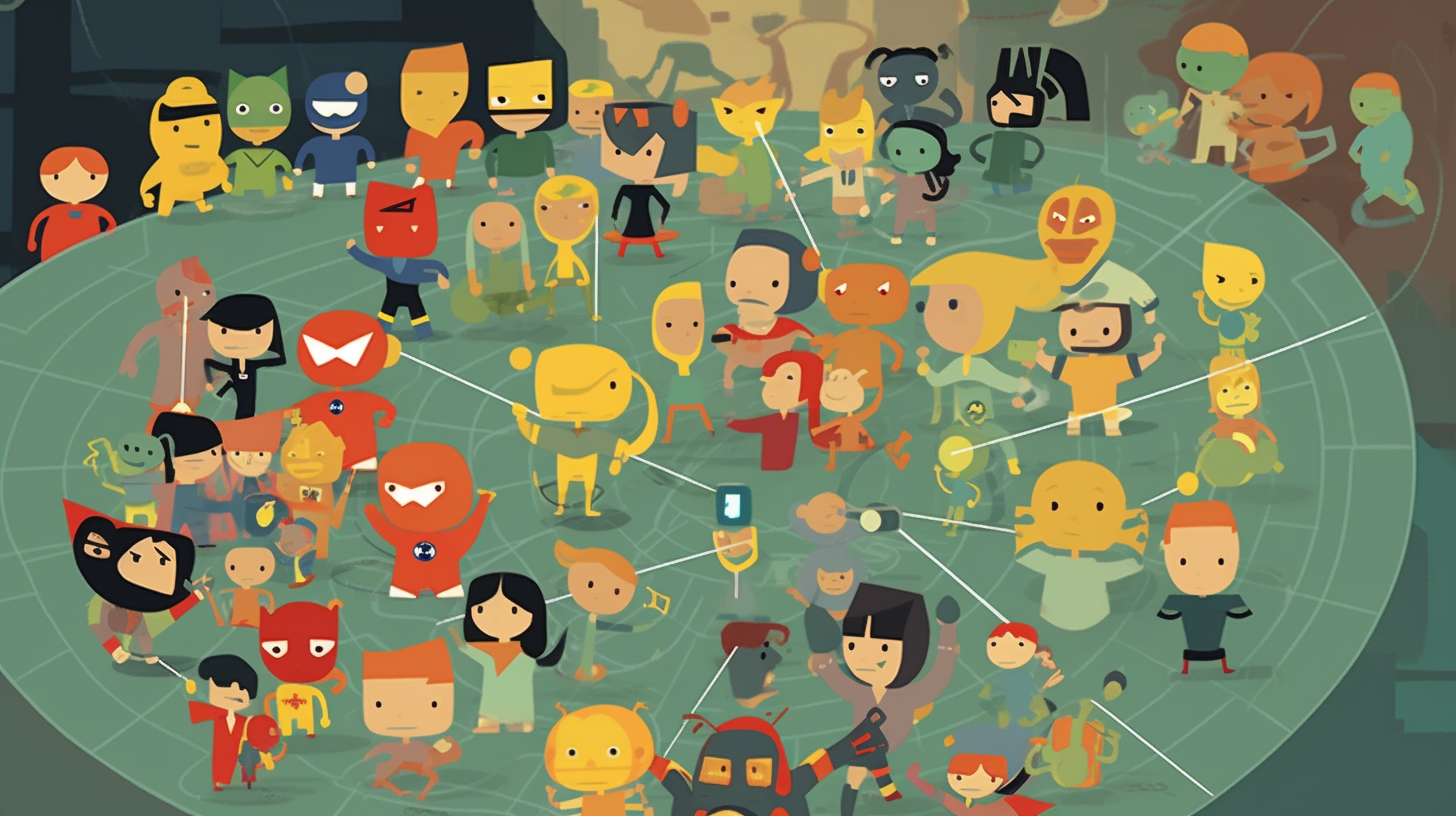Roving Roaming: A Grand Tour of Layer 2 and Layer 3 Roaming — Explained!

Let's toss out this age-old question: does a lonely tree, falling in the forest, still echo if there's no one around to witness it? Well, flip that concept on its digital head. If a device moves between wireless networks, does it maintain a connection? You might deem it as riveting as observing drying paint, but believe me, it drums up as much excitement as a high-speed car chase in the CCNP 350-401 ENCOR exam universe. We're embarking on a whirlwind adventure through the mesmerizing realm of Layer 2 and Layer 3 roaming. Buckle up, pals! Gear up for a rollicking ride!
Our Roaming Heroes: Layer 2 and Layer 3
'What's the inside scoop on this Layer 2 and Layer 3 roaming gig?' I hear you utter from your comfortable armchair. Picture this. Layer 2 is that reliable friend who's always there, no matter how many turns you make in the maze of a conference hall. They're like your favorite GPS app, guiding you from access point A to access point B, without dropping your call with your boss. It’s often implemented in a single subnet where APs share the same VLAN.
On the other hand, Layer 3 is the enigmatic intellectual who thrives on solving complex conundrums - like maintaining your connection when you're gallivanting across subnets. Layer 3, the daredevil, takes on the challenge of inter-subnet roaming. Both Layer 2 & Layer 3 are vitally important in managing seamless user experience within a wireless network environment.
Use Cases Galore!
Like superheroes summoned when the Bat Signal lights up the sky in Gotham, Layer 2 and Layer 3 swing into action depending on the use cases. For instance, Layer 2 steps in with its consistent connection in an environment where users are moving within the same VLAN, think of a spacious office or a bustling café.
On the flipside, Layer 3 swoops in when network complexities are ramped up - like when devices flit between different subnets. A perfect setting to imagine is college campuses with multiple buildings, each with their own VLANs.
The Funny Side of Roaming
Alright, hold onto your hats, it's time for some tech humor! Who said Layer 2 and Layer 3 roaming can't be funny? Imagine if roaming were a high school movie. Layer 2 is the popular jock, easily transitioning between friend groups (subnets) with the greatest of ease, the life and soul of the party (network). Layer 3, in contrast, is the king of the chess club, carefully calculating every move he makes across the high school social hierarchy (multiple VLANs)! Layer 2 and Layer 3 roam through the high school corridors, still maintaining the strength of their—wait for it— 'connection'. Go ahead, laugh. Don't worry, I'm not here to pass judgment!
A Final Word (or Two)
Throw Layer 2 into a face-off with Layer 3, and you might conjure up images of a Batman versus Joker showdown. But in reality, they’re more like Batman and Robin - each taking their turn to maintain the peace in network city, ensuring your data doesn't face the villainy of disconnection. Understanding these roaming protocols and their use cases is a ticket to the super league of the CCNP 350-401 ENCOR Exam.
However, it's not merely about chuckles and superhero capes. The further you plunge into the roaming cosmos, the more it starts to mirror a stunning, exquisitely choreographed ballet. Master those moves, and you'll be doing an upbeat tap dance all the way to your networking career success. Now's the time to strap on your dancing shoes and hit the dance floor!
To quote the wise Forest Gump, "Roaming is like a box of chocolates. You never know which subnet you're gonna get." But whether it's Layer 2 or Layer 3 that comes to the rescue, you're in capable hands. That's the magic of roaming!